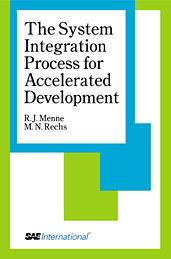Technical Paper
Start-Up Behavior of Fuel Processors for PEM Fuel Cell Applications
2003-03-03
2003-01-0420
This paper focuses on start-up technology for fuel processing systems with special emphasis on gasoline fueled burners. Initially two different fuel processing systems, an autothermal reformer with preferential oxidation and a steam reformer with membrane, are introduced and their possible starting strategies are discussed. Energy consumption for preheating up to light-off temperature and the start-up time is estimated. Subsequently electrical preheating is compared with start-up burners and the different types of heat generation are rated with respect to the requirements on start-up systems. Preheating power for fuel cell propulsion systems necessarily reaches up to the magnitude of the electrical fuel cell power output. A gasoline fueled burner with thermal combustion has been build-up, which covers the required preheating power.

